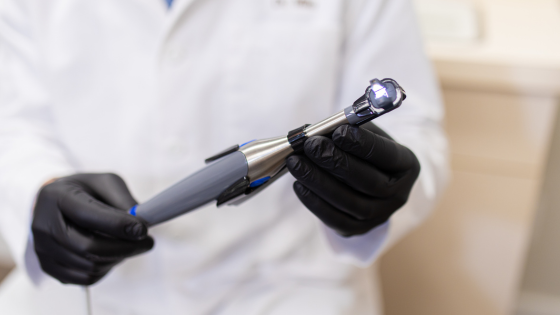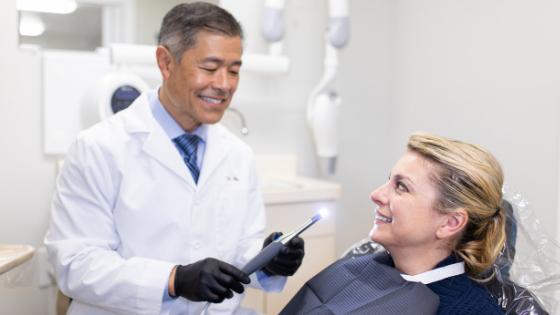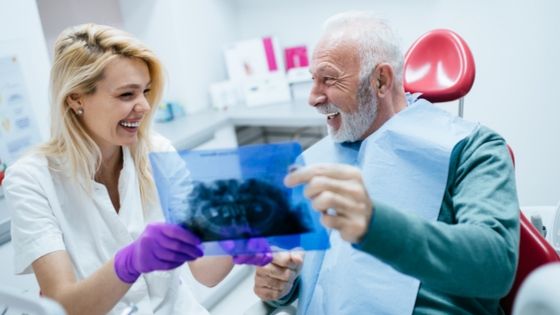Crystal Clear Imaging For Your Patients
Crystal Clear Imaging: Exploring the Advanced Features of Digital Doc's Dental Sensors
In the ever-evolving landscape of dental technology, the pursuit of excellence in patient care and diagnostics remains at the forefront. Digital Doc, a trailblazer in dental imaging solutions, has revolutionized the industry with its state-of-the-art dental sensors. These cutting-edge devices provide crystal clear imaging, empowering dental professionals to make accurate diagnoses and deliver precision treatments.

High-Resolution Imaging
Digital Doc’s dental sensors boast high-resolution imaging capabilities, capturing intricate details with unparalleled clarity. This advanced feature allows dental practitioners to visualize the finest anatomical structures, aiding in the detection of subtle abnormalities and enabling more accurate treatment planning.
Enhanced Diagnostic Accuracy
Precision is paramount in dentistry, and Digital Doc’s dental sensors excel in delivering enhanced diagnostic accuracy. The sensors utilize advanced image processing algorithms to reduce noise and enhance contrast, ensuring that practitioners can rely on the images for confident diagnoses.
Ergonomic Design
Digital Doc understands the importance of ergonomics in dental practice. The sensors are designed with the comfort of both the patient and the practitioner in mind. With slim profiles and rounded edges, the sensors facilitate easy positioning and enhance patient comfort during image acquisition.
Immediate Image Availability
In the fast-paced world of dental clinics, time is of the essence. Digital Doc’s dental sensors provide immediate image availability, eliminating the need for time-consuming film processing. This not only streamlines workflows but also allows for swift decision-making and timely patient communication.
Flexible Imaging Options
Dental practitioners often require a variety of imaging options to address different clinical scenarios. Digital Doc’s dental sensors offer flexibility by supporting multiple imaging modes, such as intraoral, extraoral, and bitewing radiography. This adaptability ensures that dental professionals can meet the diverse needs of their patients.
Seamless Integration with Practice Management Software
To further enhance workflow efficiency, Digital Doc’s dental sensors seamlessly integrate with practice management software. This integration facilitates easy storage, retrieval, and sharing of patient images, fostering a more organized and collaborative approach to patient care.
Contact Us!
Digital Doc’s dental sensors represent a pinnacle of technological innovation in the field of digital dentistry. With their high-resolution imaging, enhanced diagnostic accuracy, ergonomic design, immediate image availability, flexible imaging options, seamless integration with practice management software, and patient education tools, these sensors redefine the standards for dental imaging solutions. Dental professionals embracing Digital Doc’s technology are not only investing in the present but also in the future of optimal patient care and diagnostic excellence.












